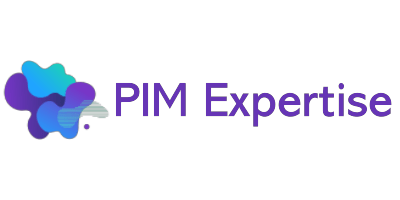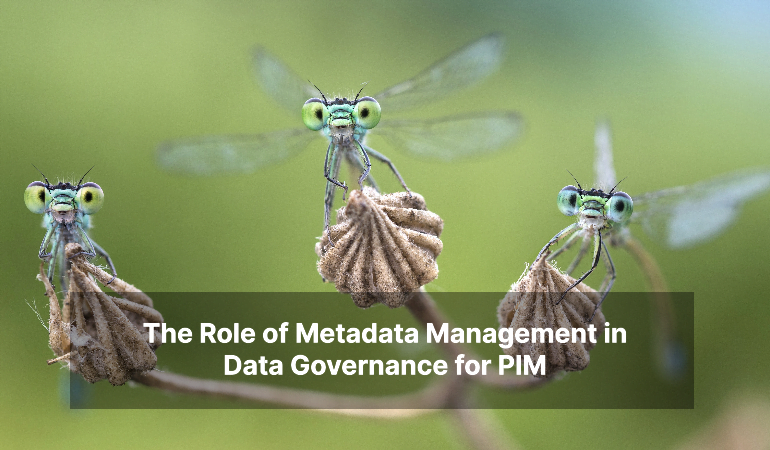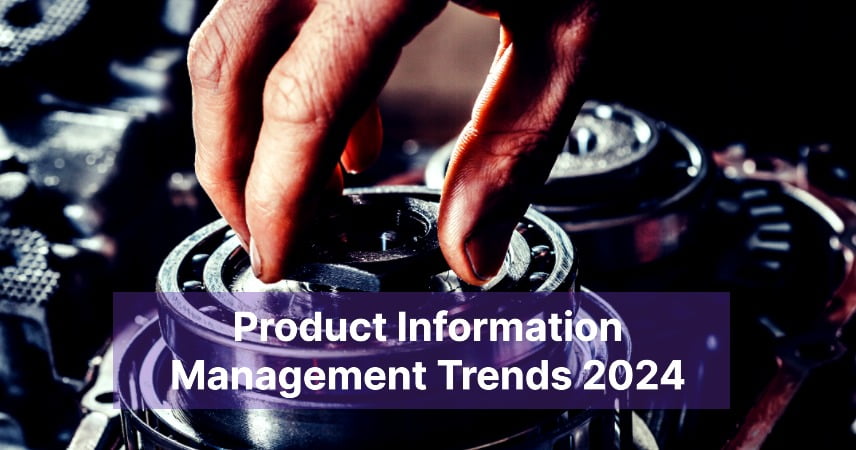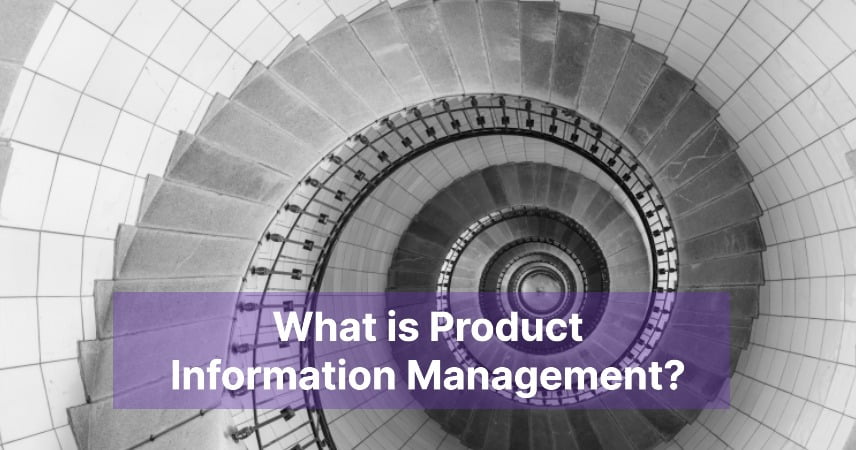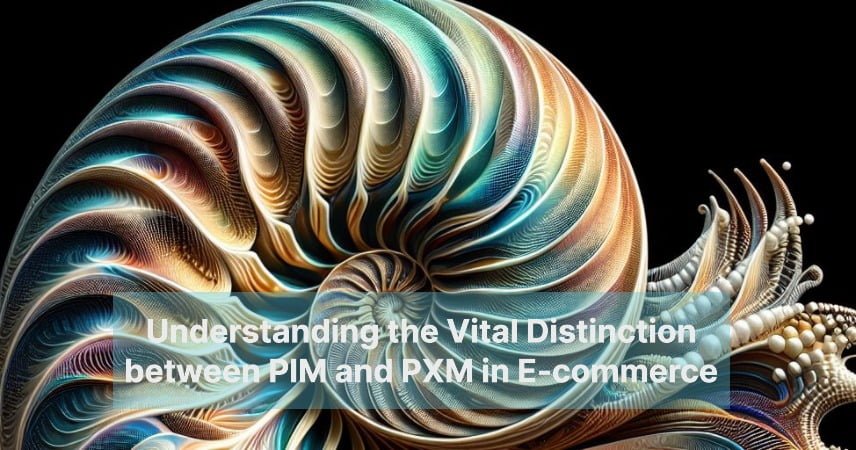Understanding Data Governance for PIM Services
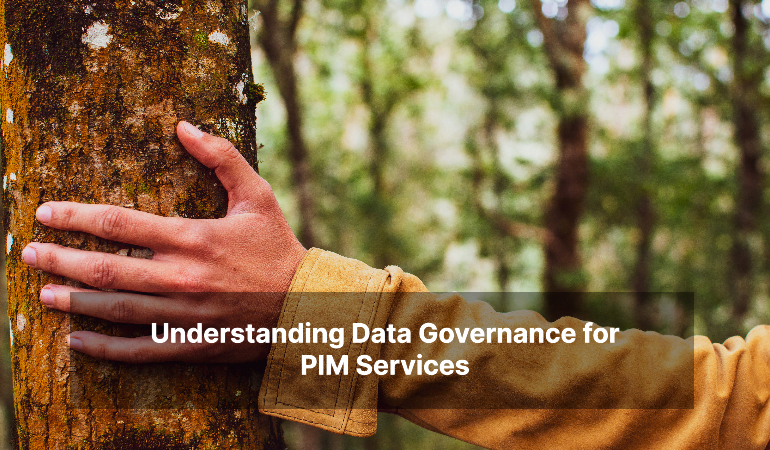
Data governance plays a crucial role in ensuring the integrity, security, and usability of data within organizations. When it comes to Product Information Management (PIM) services, effective data governance becomes even more critical. In this article, we’ll delve into the realm of data governance for PIM services, exploring its significance, key components, and best practices.
What is Data Governance?
Data governance refers to the overall management of the availability, usability, integrity, and security of data used within an enterprise. It encompasses the processes, policies, standards, and metrics that ensure effective data management throughout its lifecycle.
Importance of Data Governance for PIM
In the context of Product Information Management (PIM), data governance is paramount for maintaining accurate and consistent product data. It ensures that product information is reliable, up-to-date, and compliant with industry regulations, thereby enhancing customer trust and satisfaction.
Key Components of Data Governance
Establishing Data Policies
Establishing clear data policies and guidelines is essential for defining how data should be managed, accessed, and utilized within the organization.
Data Quality Assurance
Ensuring data quality involves processes and measures to maintain the accuracy, completeness, and consistency of data across various systems and platforms.
Metadata Management
Metadata management involves organizing and managing metadata, which provides context and insights into the underlying data, facilitating its discovery and understanding.
Access Control and Security
Implementing robust access control mechanisms and security measures safeguards data from unauthorized access, breaches, and cyber threats.
Data Lifecycle Management
Managing the data lifecycle involves overseeing data from its creation to archival or disposal, ensuring it remains relevant, accessible, and compliant throughout.
Compliance and Regulatory Requirements
Adhering to relevant regulations and compliance standards ensures that data governance practices align with legal and industry requirements, minimizing risks and liabilities.
Data Governance Frameworks
Several data governance frameworks, such as DAMA-DMBOK and COBIT, provide guidelines and best practices for implementing effective data governance strategies tailored to specific organizational needs and objectives.
Challenges in Data Governance for PIM
Implementing data governance for PIM services may face challenges such as disparate data sources, data silos, lack of stakeholder buy-in, and complexity in managing product data across multiple channels and platforms.
Best Practices for Effective Data Governance
- Establishing clear goals and objectives for data governance initiatives.
- Involving stakeholders from various departments to ensure alignment and support.
- Implementing automated tools and technologies for data quality management and monitoring.
- Regularly auditing and assessing data governance processes to identify areas for improvement.
- Providing ongoing training and education on data governance policies and procedures.
7. Conclusion
Data governance serves as the foundation for effective PIM services, ensuring that product data is accurate, reliable, and compliant. By implementing robust data governance practices and frameworks, organizations can unlock the full potential of their product information, driving business growth and customer satisfaction.
